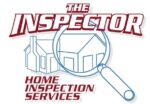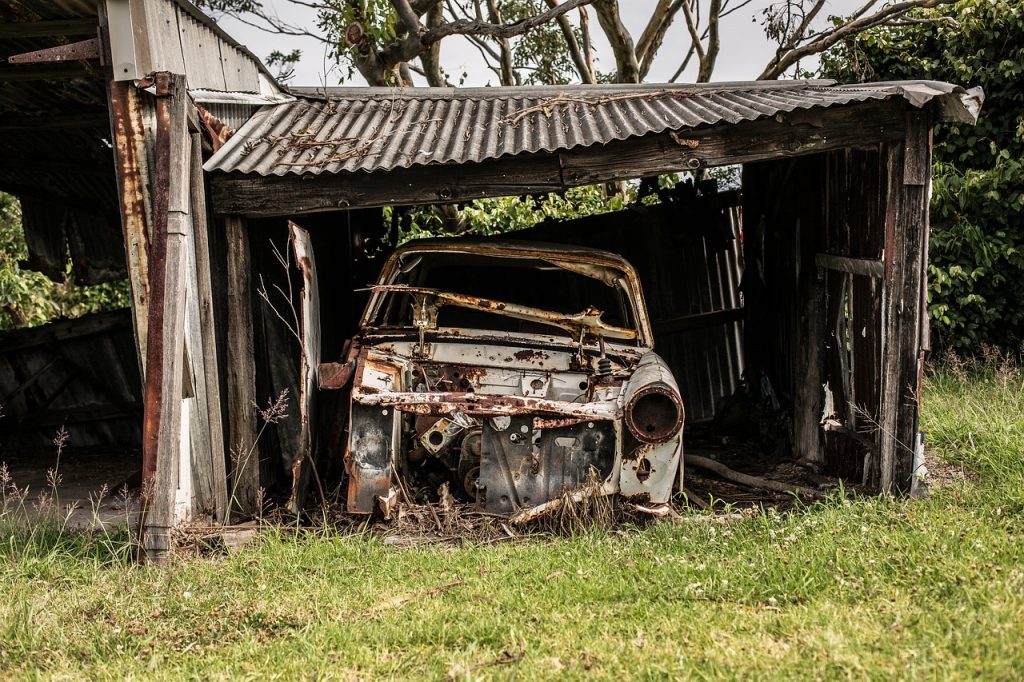Garage… hope yours is better than the picture!
A Garage is the area of your home that is typically where a car can be parked and for some families storage.
A Garage will have a large door (or doors) which can be opened and closed to allow a car (or cars) to come in and out. If this area does not have a large door (or doors) for cars to come through, then this area is a ‘car port,’ not a Garage. A Garage can also have a ‘people/ pedestrian door’ (or doors), which as the name implies, are made only for people and pets to go through.
Garage Safety Items
If the Garage is an ‘attached’ garage, then the Garage will have a door connecting directly to your home. But if it is a ‘detached’ Garage, then the Garage will only have doors that go outside, and will not have any doors that connect directly to your home.
- The “pedestrian door” Should have a “self-closing” mechanism on the hinge of the door. This is a safety item to keep unwanted/ unhealthy vehicle fumes from entering the living space. This is also considered part of the “Fire Wall” in case of a fire. This is also one of the most common problems we see. This “self-closing” mechanism is either broken or missing. We recommend checking doors for this to keep your family safe.
- The Vehicle door should have “auto-reverse sensors” that will raise the door when closing if someone or something is in the way when closing. To keep you family safe make sure this is working. Sometimes the sensors may need to be cleaned or adjusted to work properly. Sensors should be installed 4-6” up from the garage floor.
Since your garage has cars driving in and out, it will accumulate significant amounts of dirt and dust, which can easily be tracked into your home.
Maintenance: (yearly)
- Check “self-closing: device on Pedestrian door
- Check and clean/adjust vehicle door sensors
- Lack of lubrication puts additional strain on the garage door leading to premature failure.
- For attached garages, poor weather-stripping or leaky windows cause heat losses which increase energy costs.
Download as PDF or JPG to share with your clients

